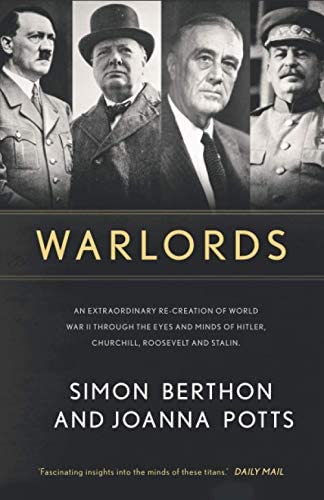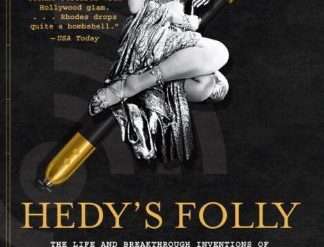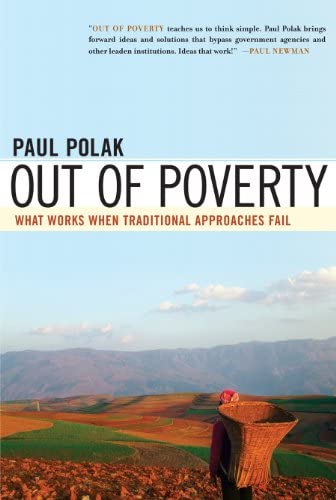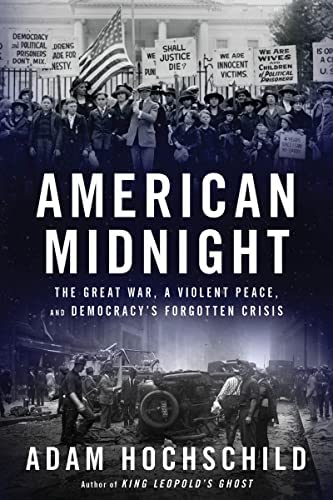
Fair warning: although the headline promises the “best nonfiction of 2022,” what follows is not a list of the best published during the past year. Instead, I’ve chosen not to compete with any reviewers who may imply they’ve read the many thousands of nonfiction books published in any given year. Nobody, and no team of reviewers, can possibly manage that. And I won’t pretend to do so. Besides, I don’t read only new books. Many of the books I review were published years ago, award-winners and classics among them.
Estimated reading time: 7 minutes
Both new books and old are included here
In fact, the five nonfiction books listed here include only one book published in 2022: Adam Hochschild’s masterful history, American Midnight. But the other four all came out in recent years, beginning in 2015. By some standards, at least, they all qualify as “new.” The list follows, with the books arranged in alphabetical order by the authors’ last names.
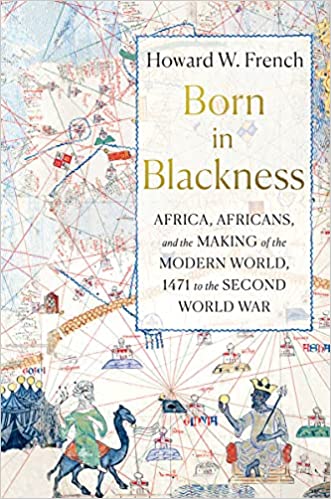
Born in Blackness: Africa, Africans, and the Making of the Modern World, 1471 to the Second World War by Howard W. French (2021) 528 pages ★★★★★—An eye-opening account of Africa’s pivotal role in world history
We’ve been taught that the modern world dawned when Christopher Columbus arrived in the Caribbean in 1492 in search of a route to the riches of “India.” In fact, for centuries, historians have been telling us that everything changed because explorers from Spain and Portugal set out across the unknown reaches of the seas to establish new trade routes to what we know today as China, Indonesia, and India. Without question, the ensuing Columbian Exchange played a large role in setting off the Great Divergence between East and West. But in Born in Blackness, a compelling new revisionist history, Howard W. French persuasively offers an alternative explanation about the origin of the shift.
“The first impetus for the Age of Discovery,” he writes, “was not Europe’s yearning for ties with Asia, as so many of us have been taught in grade school, but rather its centuries-old desire to forge trading ties with legendarily rich Black societies hidden away somewhere in the heart of ‘darkest’ West Africa.”
>>Read the full review
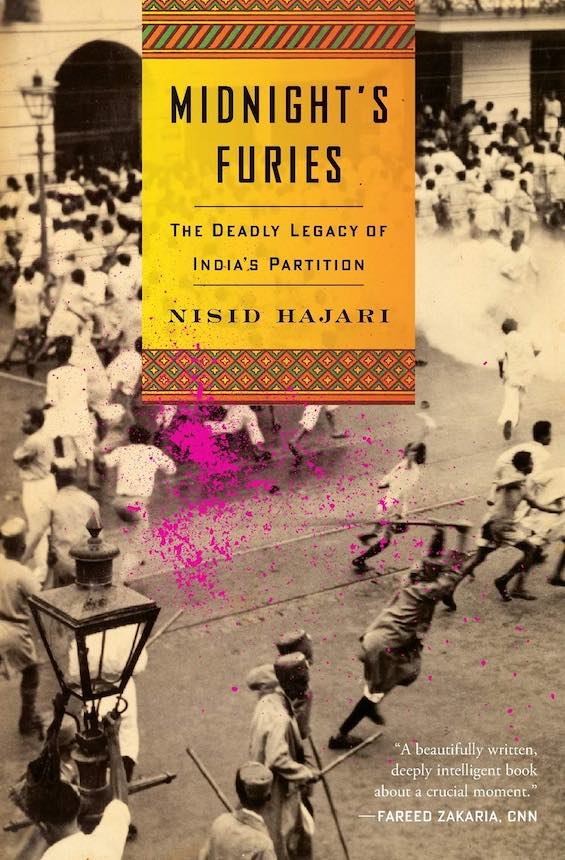
Midnight’s Furies: The Deadly Legacy of India’s Partition by Nisid Hajari (2015) 312 pages ★★★★★—An insightful history of the Indian Partition
The Partition of India in 1947 surely ranks among the greatest geopolitical disasters of the 20th century. In the long run, given the ongoing threat of nuclear war between India and Pakistan, Partition may yet prove to be the most consequential. And in Midnight’s Furies, a history of the Indian Partition, foreign affairs analyst Nisid Hajari brings a critical eye to the blood-soaked process that killed an estimated one million people, uprooted fourteen million refugees, and carved the subcontinent into the independent nations of India, Pakistan, and, later, Bangladesh. And what emerges most clearly from his account is that Partition might never have happened at all.
That Pakistan (and, by extension, Bangladesh) exists today as an independent state is largely down to one man: Mohammad Ali Jinnah (1876-1948). The revered founder of Pakistan—the “Quaid-i-Azam,” or Great Leader—singlehandedly forced the question of an independent Muslim nation to the top of the agenda in the protracted, three-sided negotiations among the British Raj, the Indian National Congress, and the Muslim League.
>>Read the full review
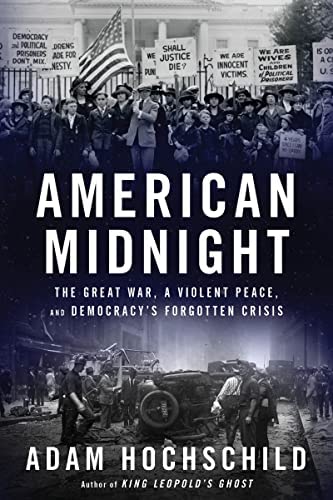
American Midnight: The Great War, a Violent Peace, and Democracy’s Forgotten Crisis by Adam Hochschild (2022) 432 pages ★★★★★—Repression, censorship, and official violence in the First Red Scare
On Sunday, October 9, 2022, the cover story in the New York Times Book Review featured Adam Hochschild’s American Midnight. Reviewer Thomas Meaney characterized the book as “masterly” and applauded the author for reminding us that “there are other contenders than the period beginning in 2016 for the distinction of Darkest Years of the Republic.” In fact, it’s clear from even a cursory reading of the book that the years 1917-21 were by far the most extreme example of political repression in American history. It has come to be called the First Red Scare. And it all took place under the leadership of the overrated Democratic President, Woodrow Wilson.
During the Red Scare of the McCarthy years (1947-57), several thousand people lost their jobs, faced organized mob violence, or were forced to leave the country. Most famously, the Hollywood 10 were blacklisted by the film studios. It was a dark time in our history that continues to cast a pall over our memory of that time. But the First Red Scare led by Woodrow Wilson was far, far worse.
>>Read the full review
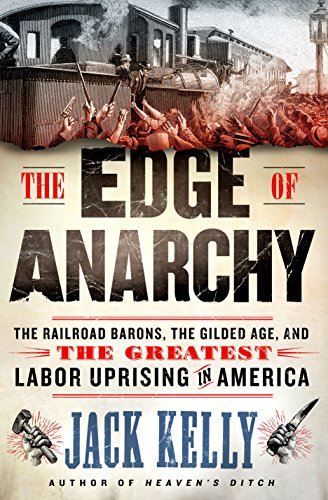
The Edge of Anarchy: The Railroad Barons, the Gilded Age, and the Greatest Labor Uprising in America by Jack Kelly (2019) 304 pages ★★★★★—The American labor movement in the Gilded Age
Today’s widening gap between rich and poor—the billionaires versus the rest of us—is often compared to that in the Gilded Age. Then, the parties involved were the Robber Barons at society’s pinnacle and the working men and women whose labor generated the obscene wealth the rich displayed with such abandon. But the comparison goes only so far. And that’s just one of the insights that emerges loud and clear from Jack Kelly’s superb book about organized labor and the 1894 Pullman Strike he aptly calls “the greatest labor uprising in America.”
In the 1890s, especially during the Depression of 1893-97, millions of hardworking Americans were living in destitution. They were often on the verge of starvation—despite holding full-time jobs. However deplorable the lot of millions of us today in the United States, few are starving. Similarly, the widespread racism and xenophobia that leads to hate crimes and death by cop today is but a pale reflection of the raw, aggressive racism expressed in Jim Crow and the Chinese Exclusion Act of 1882. Things are bad today for many. But they were far worse, and for a much larger proportion of society, in the closing years of the 19th century.
>>Read the full review
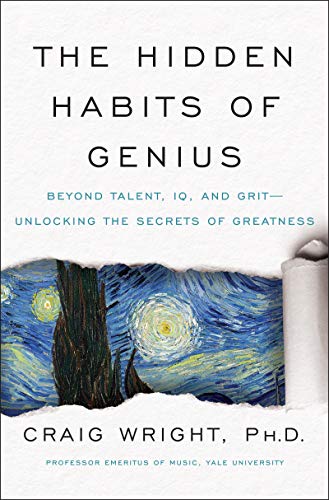
The Hidden Habits of Genius: Beyond Talent, IQ, and Grit—Unlocking the Secrets of Greatness by Craig M. Wright (2020) 317 pages ★★★★★—What is a genius? Does IQ matter?
Mozart. Joan of Arc. Einstein. Marie Curie. Steve Jobs. In The Hidden Habits of Genius, Craig Wright plumbs the depths of human capacity in nearly 100 extraordinarily successful individuals through the ages. In them, he finds the characteristics of genius that enable mere human beings to reach such heights of accomplishment that their efforts change society for millions of others and often resonate in memory for centuries to come. These fourteen traits he calls “hidden habits.”
For Wright, “genius is creativity and creativity involves change.” A genius, in his view, is not simply a person of exceptional ability. “A genius,” he explains, “is a person of extraordinary mental powers whose original works or insights change society in some significant way for good or ill across cultures and across time.” But this is not what the author expected to find when he set out on his research. “I had in my mind a picture of the genius: someone with a superhigh IQ who, even as a youth, has sudden ‘aha’ insights, yet is eccentric and unpredictable. Every feature of this stereotypical imagine, I have now learned, is wrong or inaccurate in most cases.”
>>Read the full review
For related reading
You might care to take a look at:
- 20 top nonfiction books about history
- Gaining a global perspective on the world around us
- Top 20 popular books for understanding American history
- Great biographies I’ve reviewed: my 10 favorites
- 10 top nonfiction books about World War II
And you can always find my most popular reviews, and the most recent ones, on the Home Page.

